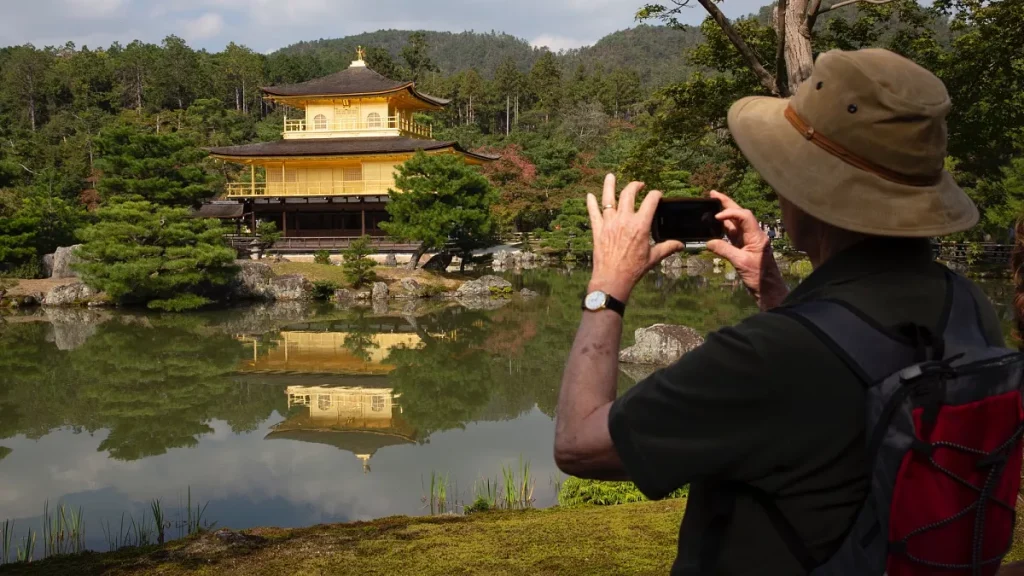Japan’s New Hotel Tax: A Step Towards Sustainable Tourism
In a significant move to address the challenges of its booming tourism industry, Japan has approved a record-breaking hotel tax for Kyoto, scheduled to take effect next year. This decision comes after months of deliberation and represents the first major increase since the accommodation tax was initially introduced in October 2018. The new tiered tax system is projected to dramatically boost Kyoto’s revenue from accommodation taxes from ¥5.2 billion (approximately €31.8 million) to ¥12.6 billion (around €71.5 million) annually. This substantial increase reflects the Japanese government’s commitment to managing the effects of overtourism while ensuring that visitors contribute to the preservation and enhancement of the cultural treasures that draw them to the country in the first place.
The newly approved tax structure has been thoughtfully designed with a progressive approach, ensuring that those who can afford luxury accommodations bear a larger share of the burden. Visitors staying in high-end hotels priced above ¥100,000 per night will face the steepest charge of ¥10,000 (about €56.84) per night, while those choosing mid-range options between ¥50,000 and ¥99,999 will pay ¥4,000 (€22.73). More moderate accommodations between ¥20,000 and ¥49,999 will incur a ¥1,000 (€5.68) nightly fee. Budget travelers haven’t been overlooked in this tiered system – those staying in accommodations priced between ¥6,000 and ¥19,999 will only need to contribute ¥400 (€2.27) per night, while the most economical options below ¥6,000 will carry a minimal tax of just ¥200 (€1.14). This graduated approach ensures that tourism remains accessible across different budget levels while still generating meaningful revenue for the city.
The timing of this tax increase aligns with Japan’s unprecedented surge in tourism, which has brought both economic benefits and growing concerns among local communities. Last year marked a historic high with 36.9 million international visitors – a remarkable 15.6% increase over the previous record set in 2019. This influx, while economically advantageous, has begun to strain local infrastructure and disrupt daily life in popular destinations. Iconic sites like Mount Fuji have started experiencing worrying signs of environmental degradation and safety hazards as crowds form “human traffic jams” along hiking trails. Local authorities across Japan are already working to expand infrastructure and transportation options to accommodate this growing demand, but these improvements require substantial funding – a gap that the new accommodation tax aims to help fill.
Despite its magnitude, Kyoto’s accommodation tax isn’t designed to discourage tourism but rather to ensure that visitors participate in funding “countermeasures against overtourism.” This reflects a growing global trend where popular destinations are seeking balanced approaches that preserve both the quality of the visitor experience and the livability of communities for local residents. As Nicholas Smith from Thomas Cook online travel agency points out, “After years of record demand, many destinations are seeking to reduce pressure on infrastructure and local communities while ensuring that the economic benefits of tourism are distributed more fairly.” The philosophy behind such taxes isn’t to penalize travelers but to reinvest in the very elements that make these destinations attractive: cultural preservation, efficient public transport, cleanliness, and improved visitor management systems.
The carefully calibrated nature of Kyoto’s approach suggests a thoughtful consideration of tourism’s complex dynamics. By implementing a tiered system, the city acknowledges different traveler budgets while still generating meaningful revenue for sustainability initiatives. Industry experts suggest that luxury travelers – those who will pay the highest taxes – are typically motivated by authenticity and quality experiences rather than merely price considerations. When these travelers understand that their contributions directly support the preservation of the cultural heritage and natural beauty they’ve come to experience, the tax can actually enhance their perception of value rather than diminish it. As Smith explains, when travelers “see that their contribution supports local sustainability and improves the destination, it enhances rather than diminishes their experience.”
Japan’s approach represents a nuanced response to a challenge facing many popular destinations worldwide: how to balance tourism’s economic benefits with its social and environmental costs. Rather than implementing crude visitor caps or prohibitive entry fees, Kyoto has opted for a sophisticated system that distributes costs according to ability to pay while generating substantial funding for sustainable tourism initiatives. This model could prove instructive for other destinations grappling with similar challenges. The success of this approach will ultimately depend on transparent implementation and clear communication about how the funds are being used to preserve what makes Kyoto special. If managed effectively, this tax could help transform tourism from a potential threat to local culture and infrastructure into a positive force for preservation and enhancement, ensuring that future generations of both residents and visitors can continue to experience the unique beauty and heritage of one of Japan’s most treasured cities.










